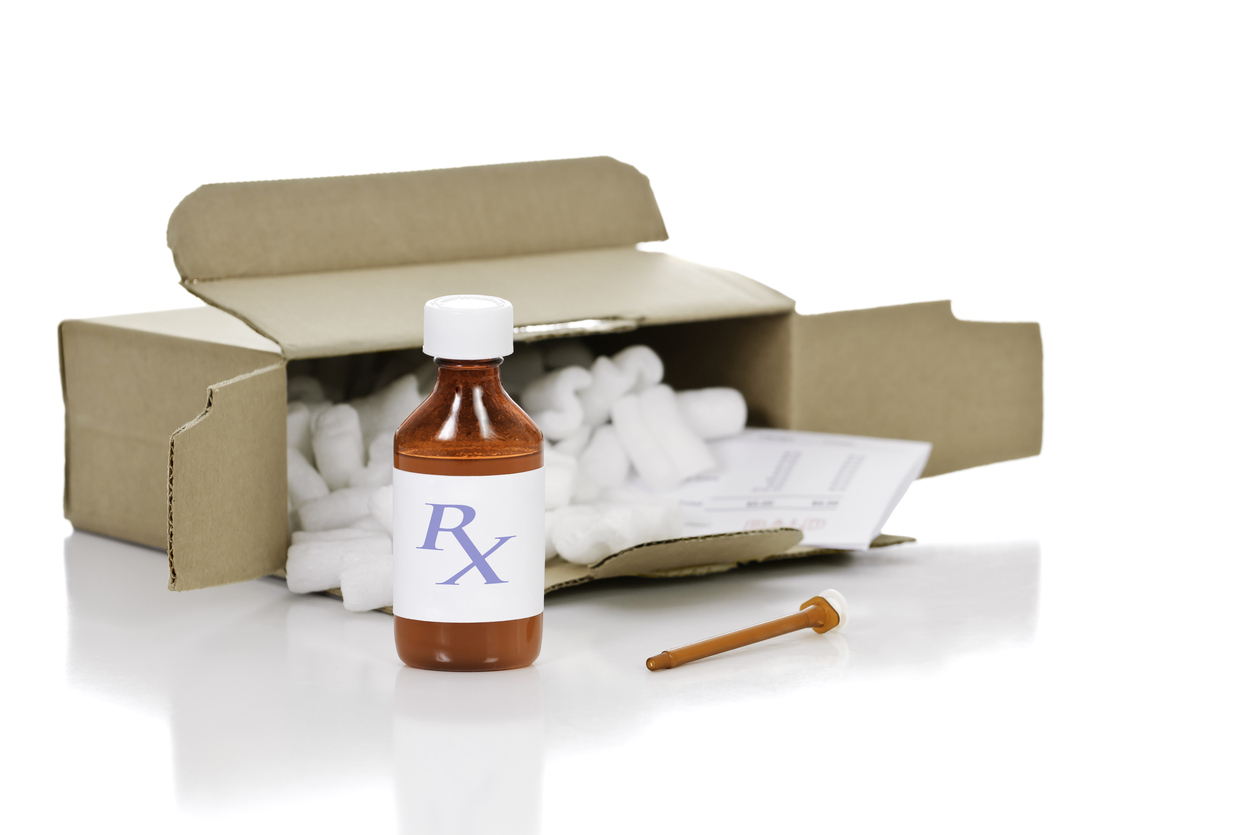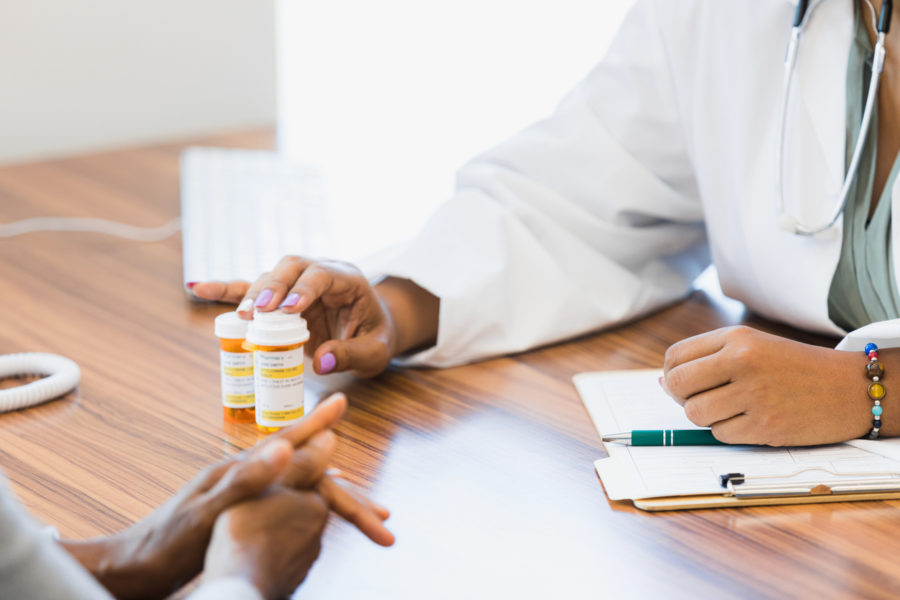The results of a pharmacy getting the wrong medication can be devastating, and even fatal. A Johns Hopkins Medical report claims medical errors are the third leading cause of death in America.
Medication errors account for more than one million emergency room visits each year, according to the Center for Disease Control.
What Are Medication Errors?
A medication error is defined as any event that can be prevented but due to error on the part of the physician, pharmacist or patient, causes harm to the patient.
Such errors can happen due to labeling or packaging errors. Errors can also happen due to compounding, pharmacist dispensing, and even the education provided to the patient from the pharmacy staff.
Pharmacists are busy. They receive hundreds of orders every day from patients who want their prescriptions filled immediately. Because of this type of pressure, it is easy for a pharmacist to miss the mark in various stages of the prescription filling process and hand out the wrong medication or otherwise mess up.
Patient Can Have a Negative Reaction
Pharmacists can accidentally get medicines mixed up. Some medicines have similar sounding names. Some have similar shape, size and colors. When compounding and sorting multiple medicines on the same counter, mix-ups can happen and the wrong medication could be given.
Accidents like these can lead to allergic reactions in patients who trust the pharmacist to get it right.
Allergic reactions can vary from person to person. Hives and rashes can appear on some people who are dealing with a negative reaction. Some may get a high fever, while others may feel their airways swelling or closing from the wrong medication.
Nausea, vomiting, itchiness and coughing are signs to watch for. They will be quite noticeable, making you feel very uncomfortable.
Wheezing and difficulty breathing are more serious symptoms of an allergic reaction. It is important to get medical treatment immediately for any of your reactions, especially to avoid an overdose from the wrong medication or amount.
Patient Can Overdose
Overdose means to take too much of a substance. In this case, it means a patient taking too much of a prescription medicine. When learning about overdoses, you must understand that to overdose, there must be a dose that is first considered safe.
The prescribed dose is the amount the doctor feels will be most effective for treating the patient’s ailment. If someone takes more than the base dose, overdose can become a reality.
Overdoses can be intentional, accidental or due to pharmacist error.
An overdose can happen when a patient takes a higher dose of a medication than they should have. An overdose can also happen when a patient takes the wrong medication, thinking it was the right medicine. Furthermore, an overdose can happen when a patient takes too many medications.
All these are often mistakes created at the pharmacy.
Whether the pharmacist misread the doctor’s prescription or put a label on the medicine with a typo, overdoses do take place way more often than they should.
Patient Can Die
There are several cases in which a patient has been given the wrong medication or the wrong dose of a medicine by a pharmacist and it has lead to their death. On top of all the pain and heartache this creates, it also sets up a pharmacist for a major lawsuit.
Take the case of a young boy who was given the wrong medication by a pharmacy that was 1,000 times higher than prescribed. Errors like this are devastating for everyone involved. It is devastating because these errors are preventable.
How to Avoid Wrong Medication 7 Other Errors
It is becoming more and more clear that dispensing at the point of care is the safest way to help patients receive the right medication at the right dose for treatment.
Physician dispensing is becoming popular across the nation and patients are feeling the love. This is a convenient and practical service your patients appreciate. In-office dispensing has many benefits.
The most noticeable benefit is safety and reduction in medication errors including the wrong medication or wrong strength.
Physicians can prescribe medications and fill those prescriptions using prepackaged medication, which arrives in individual doses contained in blister packaging for added safety.
Prepackaged medication can be ordered for the specific amount of medicine needed versus getting a bottle full of pills that make it easier for a patient to take more than needed.
Other Safety Benefits of Doctor Dispensing
Storing and accessing prepackaged medicines are easy for you. When you prescribe a prescription, you simply retrieve it from a locked cabinet in your office. The next step is for you to print the label.
Ensuring information is correct on the label is very easy to do when prescribing at the point of care. The information you enter into the computer is automatically printed according to compliance laws in order to avoid giving out the wrong medication or wrong instructions. To further safety, the computer software can alert you if there are interactions between medications.
It makes you verify the information before printing. And because you have hundreds less prescriptions to fill, you have the time to make this effort a priority.
The software can also alert you to when refills are needed for a patient. This ensures they are not missing any doses and having a lapse in treatment.




